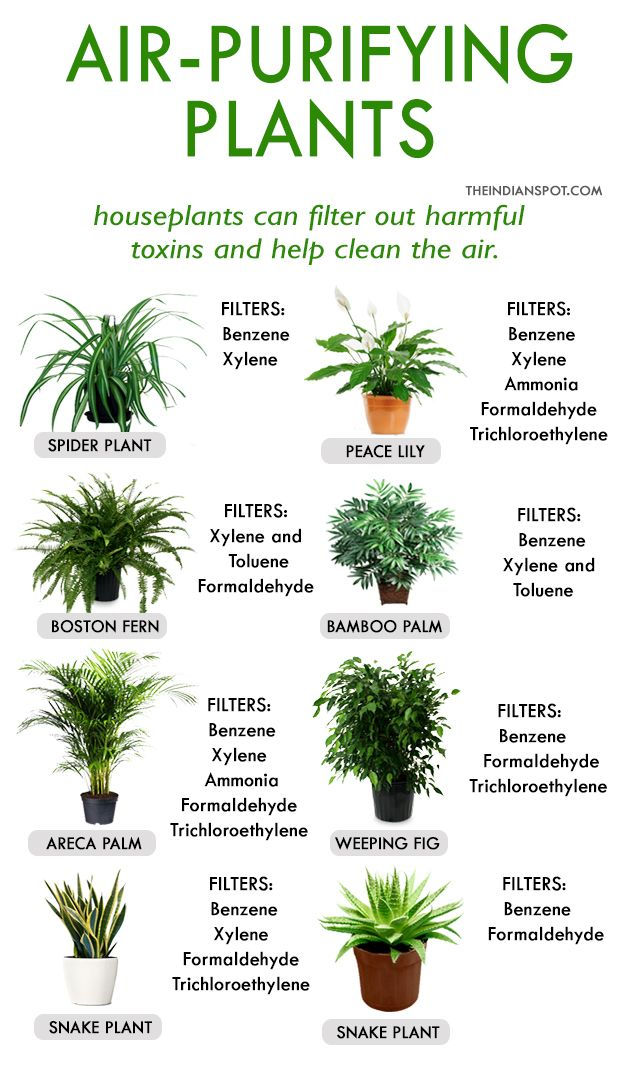Best Plants to Buy as a Beginner and Why
- Sunnyslope Floral
- Jul 6, 2020
- 4 min read
House plants have so many great benefits and purposes that after reading this Blog, you will be wondering how you don't have more in your home in the first place!

Plants are a great way to add pops of color to your home without it clashing with any of your decor! There is so many different varieties,color tones, textures, sizes and shapes of house plants to achieve many different looks!

All the time I hear people say "I can't keep a plant alive" or "I/they will just probably kill it on accident" but we are here to give you all the tools you need to have beautiful flourishing house plants for years to come!

Every one of our plants comes with care instructions attached that lists preferred light conditions, watering and soil conditions, house conditions and much more! We carry some of the most beginner and easiest plants to take care of!

Why have house plants you ask?
1. They give an assist in breathing
Inhaling brings oxygen into the body, exhaling releases carbon dioxide. During photosynthesis, plants do the opposite, of sorts: They absorb carbon dioxide and release oxygen, making plants and people great partners when it comes to gasses. Plants help to increase oxygen levels, and our bodies appreciate that.

But here’s something to know: When photosynthesis stops at night, most plants switch things up and absorb oxygen and release carbon dioxide. However, a few special plants – like orchids, succulents and epiphytic bromeliads – flip that script and take in carbon dioxide and release oxygen. Meaning, use these plants in bedrooms to keep the oxygen flowing at night.

2. They help deter illness
In the great outdoors, plant roots tap the groundwater table for water which then evaporates through its leaves in a process known as transpiration. Studies show that this accounts for about 10 percent of the moisture in the atmosphere! The same thing happens at home (minus the groundwater table part), which increases the humidity indoors. While this may sound unappealing during hot moist months, it’s a gift during drier months or if you live in an arid clime. According to Bayer Advanced, studies at the Agricultural University of Norway document that using plants in interior spaces decreases the incidence of dry skin, colds, sore throats and dry coughs. And other research reveals that higher absolute humidity is conducive for decreased survival and transmission of the flu virus.

3. They clean the air
NASA has spent a lot of time researching air quality in sealed environments, which makes sense. Extensive research by the space agency discovered a then-new concept in indoor air quality improvement in which plants play a pivtoal role: “Both plant leaves and roots are utilized in removing trace levels of toxic vapors from inside tightly sealed buildings. Low levels of chemicals such as carbon monoxide and formaldehyde can be removed from indoor environments by plant leaves alone.” When talking about the relationship between plants and space travelers, NASA notes that plants, "provide nourishment for the body when eaten as food, and they improve the quality of indoor air. Plants take the carbon dioxide from air to produce oxygen that humans can breathe."

The top 10 plants for removing indoor pollutants, according to the agency are: Peace lily (Spathiphyllum wallisii), golden pothos (Scindapsus aures), English ivy (Hedera helix), chrysanthemum (Chrysantheium morifolium), gerbera daisy (Gerbera jamesonii), mother-in-law's tongue (Sansevieria trifasciata 'Laurentii'), bamboo palm (Chamaedorea sefritzii), azalea (Rhododendron simsii), red-edge dracaena (Dracaena marginata) and spider plant (Chlorophytum comosum). For more on these specific plants, see: Houseplants that clean the air.
The NASA researchers recommend one potted plant per 100 square feet of indoor space.

4. They boost healing
Bringing flowers or a plant while visiting a hospital patient may be verging on cliché, but so effective are plants in helping surgery patients recover that one study recommends them as a “noninvasive, inexpensive, and effective complementary medicine for surgical patients.” Plants as medicine! The study, conducted at Kansas State University, found that viewing plants during recovery from surgery led to a significant improvement in physiologic responses as evidenced by lower systolic blood pressure, and lower ratings of pain, anxiety, and fatigue as compared to patients without plants in their rooms.

Another technique to decrease recovery time, as noted by Texas A&M; University, is horticulture therapy in which patients are tasked with taking care of plants. The patients who physically interact with plants experience a significantly reduced recovery time after medical procedures.

5. They help you work better
What? How? A number of studies with both students and workers reveals that studying or working in the presence of plants can have a pretty dramatic effect. As with simply being in nature, being around plants improves concentration, memory and productivity. Being “under the influence of plants” can increase memory retention up to 20 percent, according to a University of Michigan study.

Meanwhile, two Norwegian studies found that worker productivity is greatly enhanced by the presence of plants in the office. “Keeping ornamental plants in the home and in the workplace increases memory retention and concentration,” notes Texas A&M;. “Work performed under the natural influence of ornamental plants is normally of higher quality and completed with a much higher accuracy rate than work done in environments devoid of nature.”






Comments